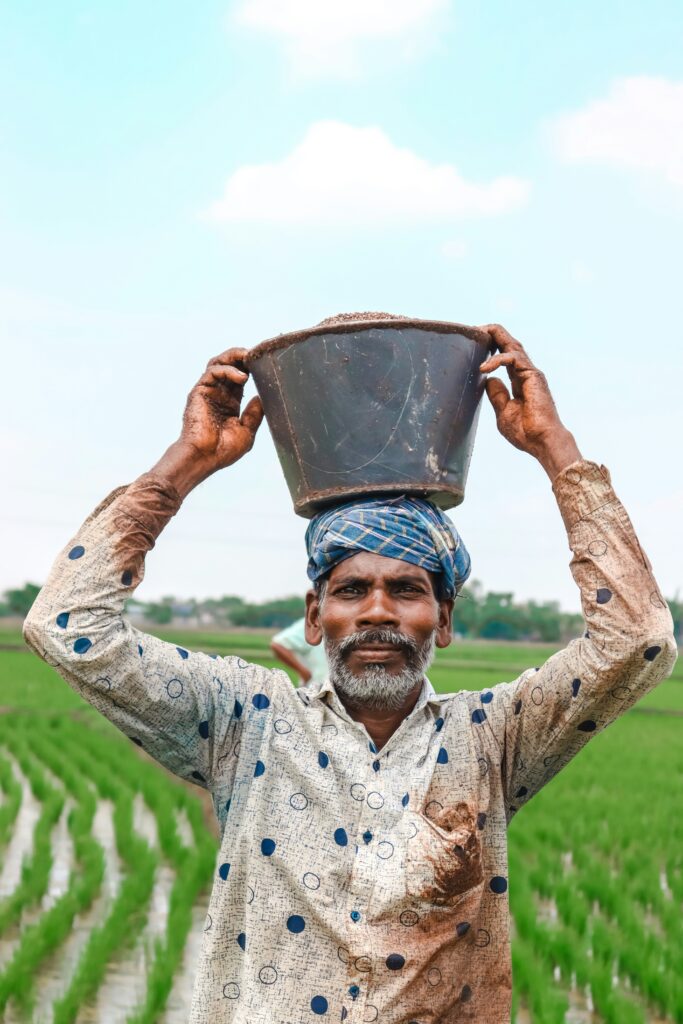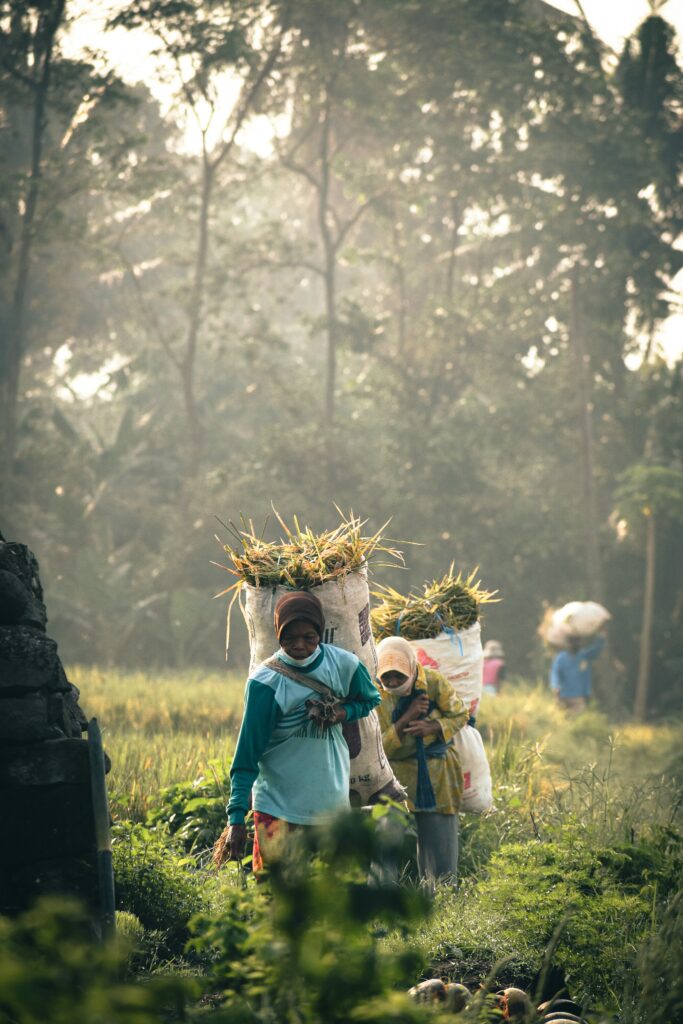Agriculture forms the backbone of India’s economy, employing a significant portion of the population. However, farmers often face challenges such as price volatility, inadequate returns, and market uncertainties. To address these issues, the Government of India launched the Pradhan Mantri Annadata Aay Sanrakshan Abhiyan (PM AASHA) in 2018. This comprehensive scheme aims to ensure remunerative prices for farmers’ produce, stabilize prices for consumers, and promote sustainable agricultural practices.

Objectives of PM AASHA
The primary objectives of PM AASHA are:
- Ensuring Remunerative Prices: Guaranteeing Minimum Support Prices (MSP) for notified crops to protect farmers from distress sales.
- Price Stabilization: Managing price volatility of essential commodities to ensure affordability for consumers.
- Enhanced Procurement: Expanding the procurement mechanism to cover a larger share of the marketable surplus.
- Farmer Welfare: Providing financial support and incentives to farmers to encourage increased production and productivity.
Components of PM AASHA
PM AASHA integrates several existing schemes to create a unified approach:
1. Price Support Scheme (PSS)
Under PSS, the government procures pulses, oilseeds, and copra at MSP when market prices fall below the MSP. This ensures that farmers receive fair prices for their produce, even during periods of market downturns.
2. Price Deficit Payment Scheme (PDPS)
PDPS provides direct income support to farmers by compensating the difference between the MSP and the modal market price. This scheme is particularly beneficial for crops where procurement is not feasible due to logistical constraints.
3. Market Intervention Scheme (MIS)
MIS is implemented for perishable commodities like tomato, onion, and potato. It provides financial assistance to state governments for intervening in the market to stabilize prices during periods of excess supply or price crashes.
4. Price Stabilization Fund (PSF)
PSF is used to regulate the prices of essential commodities by intervening in the market during periods of price volatility. It helps maintain price stability and ensures that consumers have access to affordable essential goods.
Financial Outlay and Coverage
The Union Cabinet approved the continuation of PM AASHA with a financial outlay of ₹35,000 crore for the 15th Finance Commission cycle (up to 2025-26). This substantial allocation underscores the government’s commitment to supporting farmers and stabilizing agricultural markets.
Key highlights include:
- Procurement Coverage: Starting from the 2024-25 season, the government plans to procure 25% of the national production of pulses, oilseeds, and copra under PSS. For crops like tur, urad, and masur, 100% procurement will be undertaken.
- Increased Financial Guarantee: The financial guarantee for procurement has been raised to ₹45,000 crore, enabling the Department of Agriculture and Farmers Welfare to procure crops through platforms like eSamridhi and eSamyukti when market prices dip below MSP.
- Direct Payments: Under PDPS, farmers are compensated for the difference between MSP and market prices, with the compensation limited to 15% of the MSP.
Achievements and Impact
Since its inception, PM AASHA has made significant strides in supporting farmers:
- Procurement Volume: Over 195 lakh metric tonnes (LMT) of pulses, oilseeds, and copra have been procured, benefiting more than 99 lakh farmers.
- Financial Support: The total procurement value has exceeded ₹1.07 lakh crore, providing substantial financial support to farmers.
- Crop Diversification: The scheme has encouraged farmers to diversify their crops, leading to increased production of pulses and oilseeds.
- Income Stability: By ensuring MSP, PM AASHA has provided income stability to farmers, reducing their vulnerability to market fluctuations.
Comparison with Previous Schemes
Before the introduction of PM AASHA, several schemes aimed at supporting farmers existed:
- Price Support Scheme (PSS): Focused on procurement of certain crops at MSP.
- Price Stabilization Fund (PSF): Aimed at stabilizing prices of essential commodities.
- Market Intervention Scheme (MIS): Targeted at perishable commodities during price fluctuations.
PM AASHA consolidated these schemes into a single, integrated framework, enhancing efficiency and effectiveness in implementation. The inclusion of PDPS and the increased financial guarantee further strengthened the support system for farmers.
Challenges and Way Forward
While PM AASHA has made commendable progress, challenges remain:
- Implementation Gaps: Ensuring timely procurement and payments to farmers.
- Infrastructure Constraints: Addressing storage and transportation issues for perishable commodities.
- Awareness and Outreach: Enhancing awareness among farmers about the scheme’s benefits and procedures.
Moving forward, it is essential to:
- Strengthen Infrastructure: Invest in storage and transportation facilities to facilitate smooth procurement processes.
- Enhance Awareness: Conduct awareness campaigns to educate farmers about the scheme and its benefits.
- Monitor and Evaluate: Regularly monitor and evaluate the scheme’s implementation to identify and address bottlenecks.
Conclusion
PM AASHA stands as a testament to the government’s commitment to farmers’ welfare and agricultural sustainability. By ensuring remunerative prices, stabilizing markets, and promoting crop diversification, the scheme has made significant strides in transforming India’s agricultural landscape. Continued efforts to address challenges and enhance implementation will further bolster its impact, ensuring a prosperous future for Indian farmers.
Official Link:
For more information on the PM AASHA scheme, visit the official website of the Ministry of Agriculture and Farmers Welfare: https://www.pmaasha.gov.in
Related Schemes: PM KUSUM; Kisan Credit Card; PM KISAN Scheme & Other Schemes
#Class12Economics #ClassXIIMacro #DesignLinkedIncentivesScheme #DLIScheme #EconomicsforUPSC #GovernmentBudgetClass12 #JalJeevanMission #Meity #MinistryofAgricultureSchemes #MinistryofCommerce #MinistryofEducation #MinistryofJalShakti #MissionSUJALAM #MoA&FWSchemes #MODIGovt3.0 #MoneyMultiplier #MoNRE #MoPNG #NamamiGange #NIPUNBharatMission #PLIScheme #PMAwasYojana #PMBhartiyaJanaushadhiPariyojana #PMDeVINEScheme #PMGATISHAKTI #PMKISAN #PMKUSUM #PMKVY #PMMatsyaSampada #PMMatsyaSampadaSchemeUPSC #PMSHRI #PMSHRIScheme #PMSuryaGharMuftBijliYojana #PMSVAMITVASCHEME #ProductionLinkedScheme #RashtriyaGokulMission #SAKSHAMScheme #SamagraShikshaScheme #SamagraShikshaScheme2.0 #SamagraShikshaYojana #SC/STSchemes #StandUpIndia #UTPRERAK #UtprerakScheme #VidyanjaliScheme


